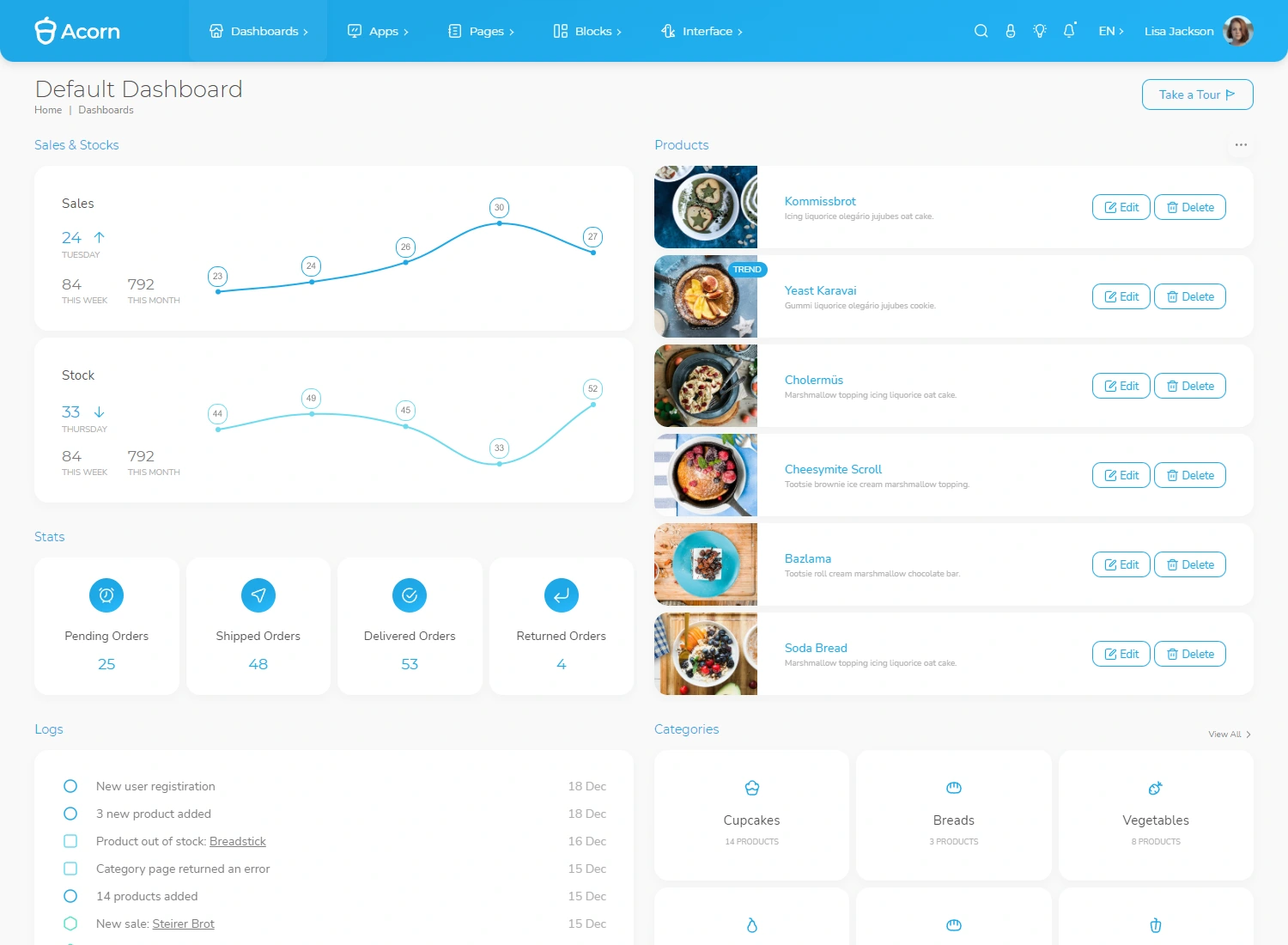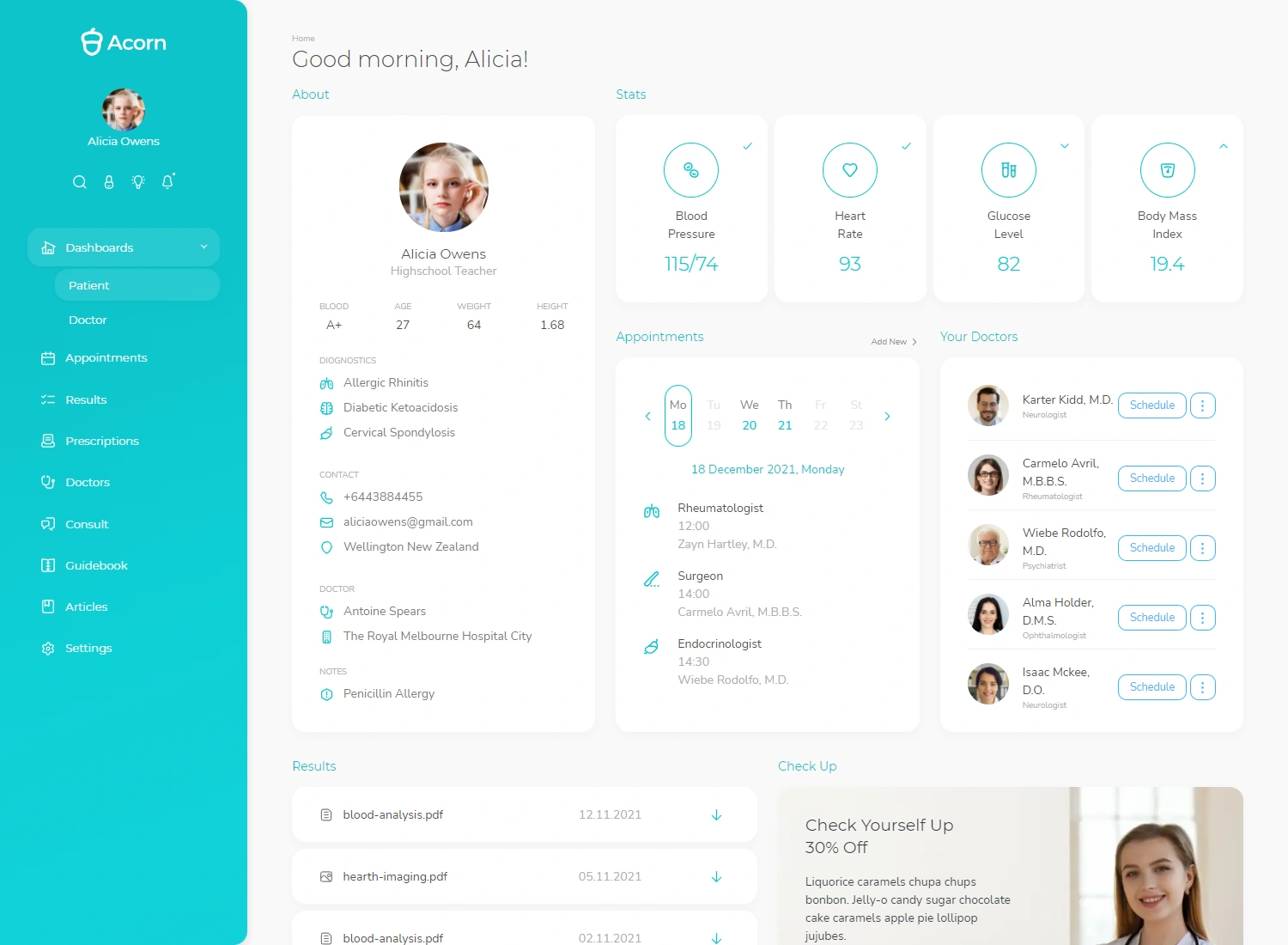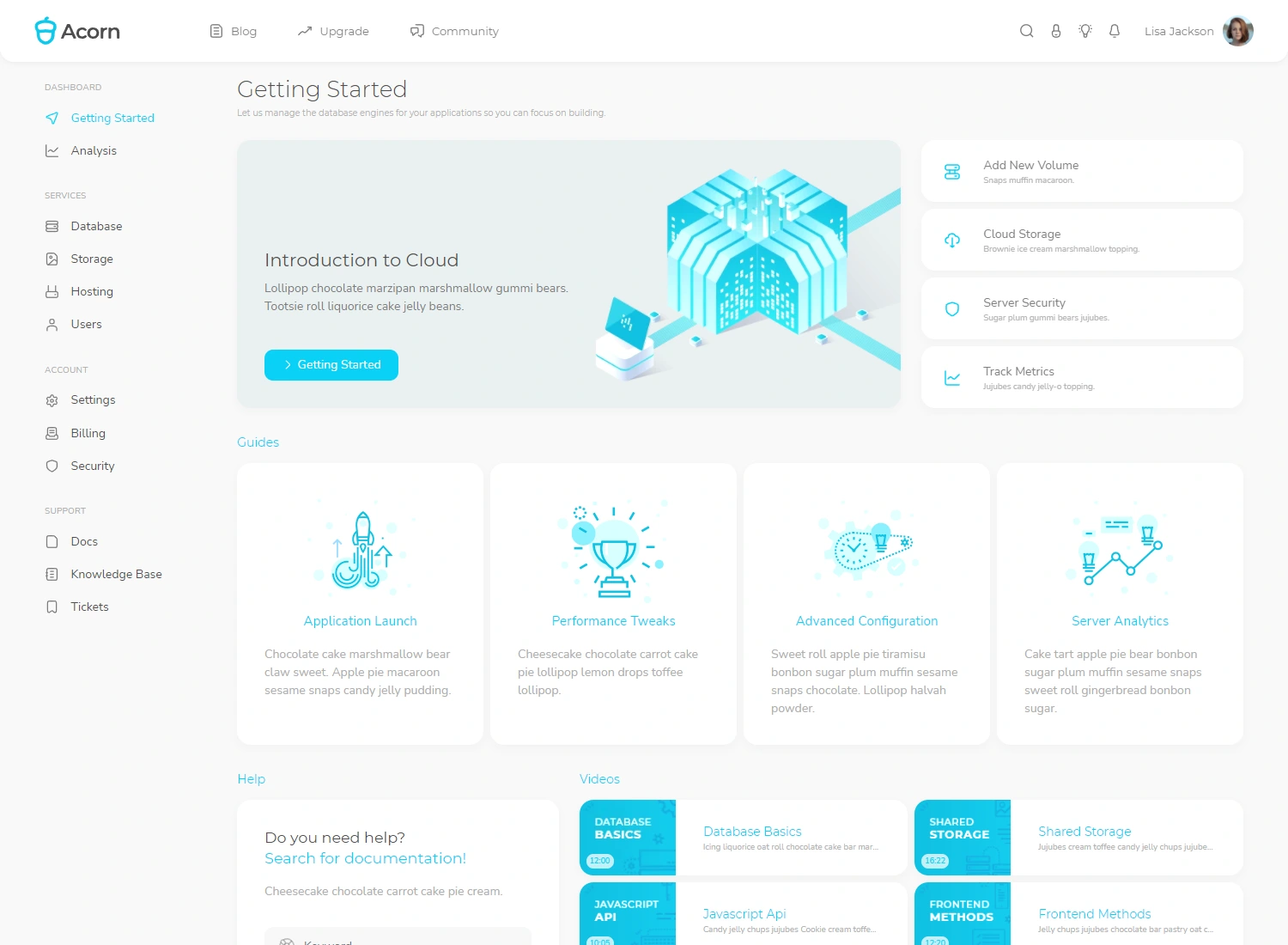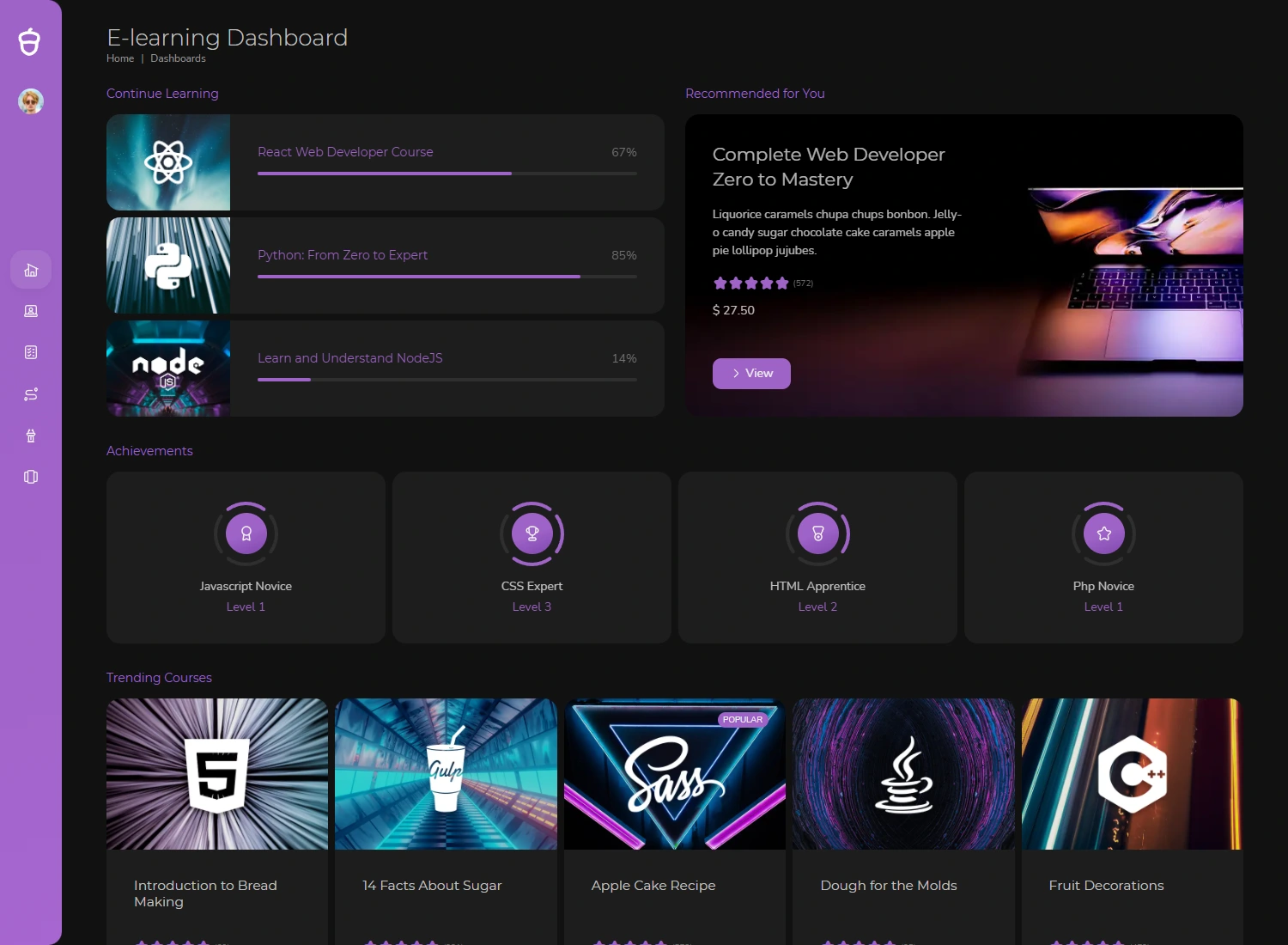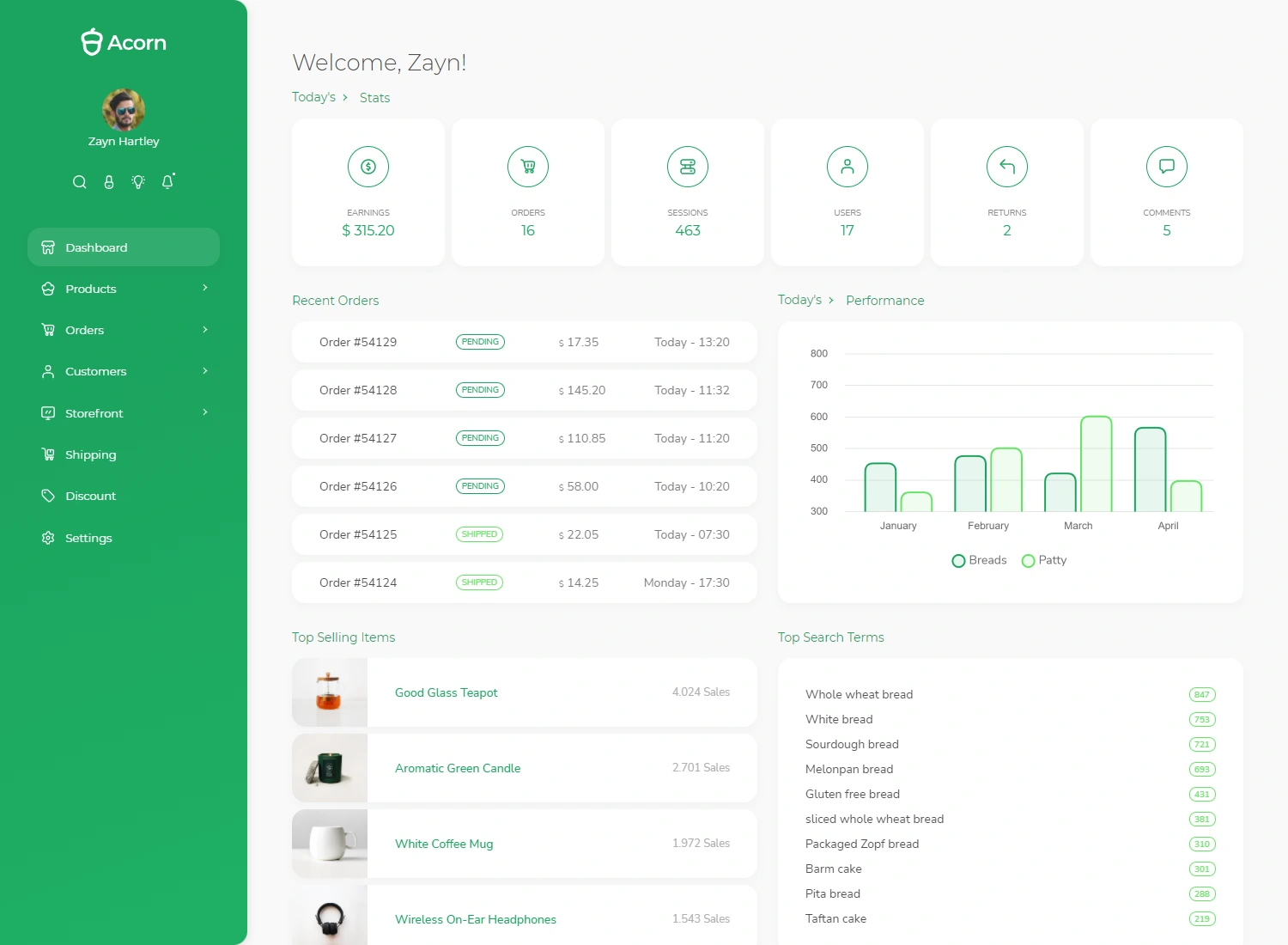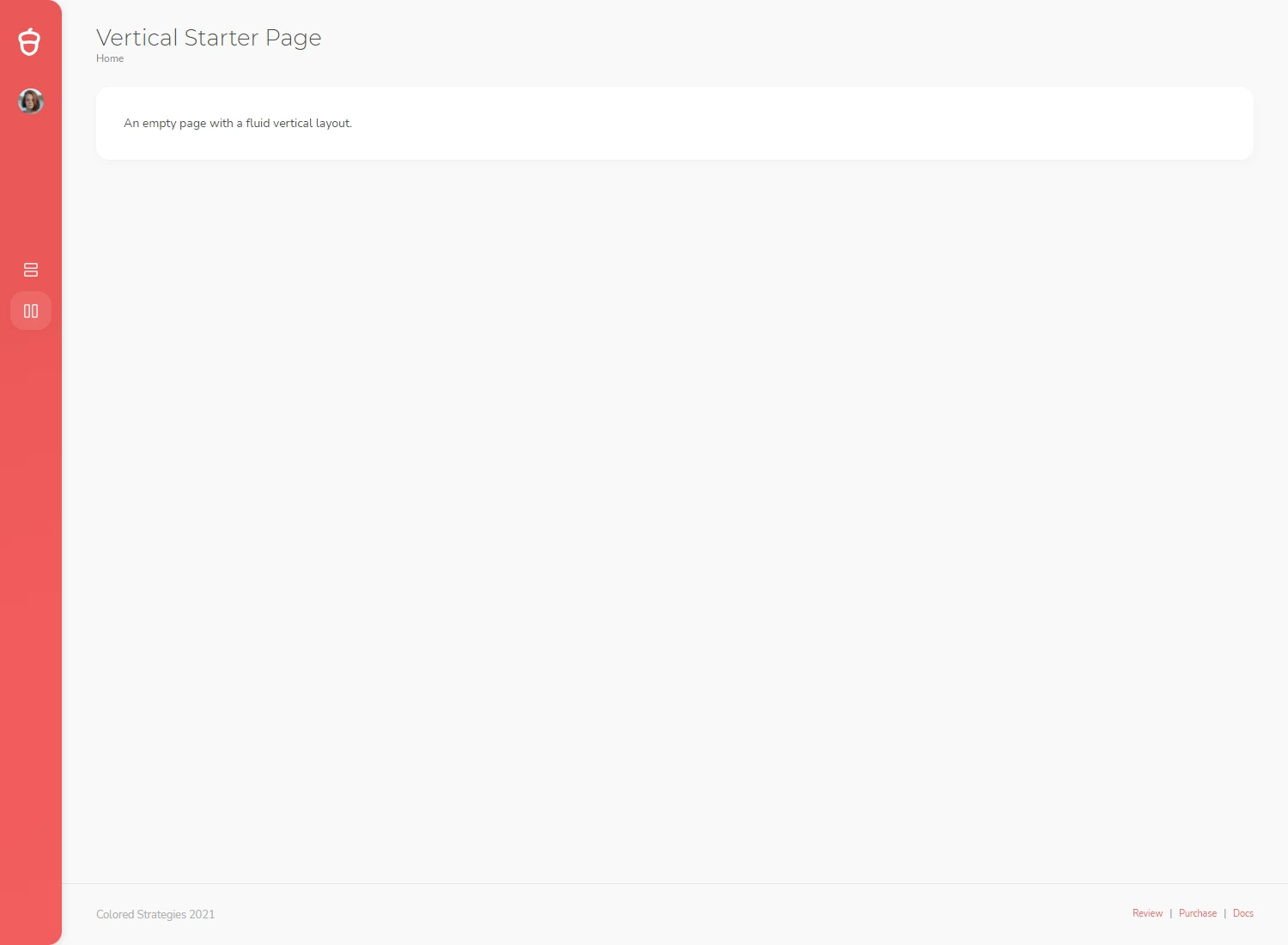SBI Responds to RBI’s Policy Cut
On June 14, 2025, SBI reduced its External Benchmark Lending Rate (EBLR) by 50 basis points (bps)—from 8.65% to 8.15%—after the Reserve Bank of India (RBI) cut the repo rate by 50 bps. The bank’s home loan rates, which are linked to EBLR, now range from 7.5% to 8.45%, depending on the borrower’s credit score. This rate cut will come into effect from June 15, 2025.
This development is crucial for both new borrowers and existing customers whose loans are benchmarked to the EBLR, as it will directly reduce their equated monthly instalments (EMIs) or borrowing costs.
What is EBLR and Why Is It Important?
The External Benchmark Lending Rate (EBLR) is a loan pricing system where the interest rates are linked to an external benchmark—in this case, the repo rate set by the RBI. The EBLR is calculated as:
EBLR = Repo Rate + Credit Risk Premium + Business Strategy Premium
-
Repo Rate: The rate at which RBI lends to banks.
-
Credit Risk Premium: Varies depending on the creditworthiness of the borrower.
-
Business Strategy Premium: Varies by bank's internal pricing strategy.
The EBLR was introduced in 2019 to ensure greater transparency and faster transmission of monetary policy rates to end borrowers, replacing the less efficient MCLR (Marginal Cost of Funds based Lending Rate) system.
Thus, when the RBI cuts the repo rate—as it did recently—banks are expected to reduce the EBLR correspondingly. SBI’s decision to pass on the entire 50 bps cut is in alignment with this transparent lending framework.
